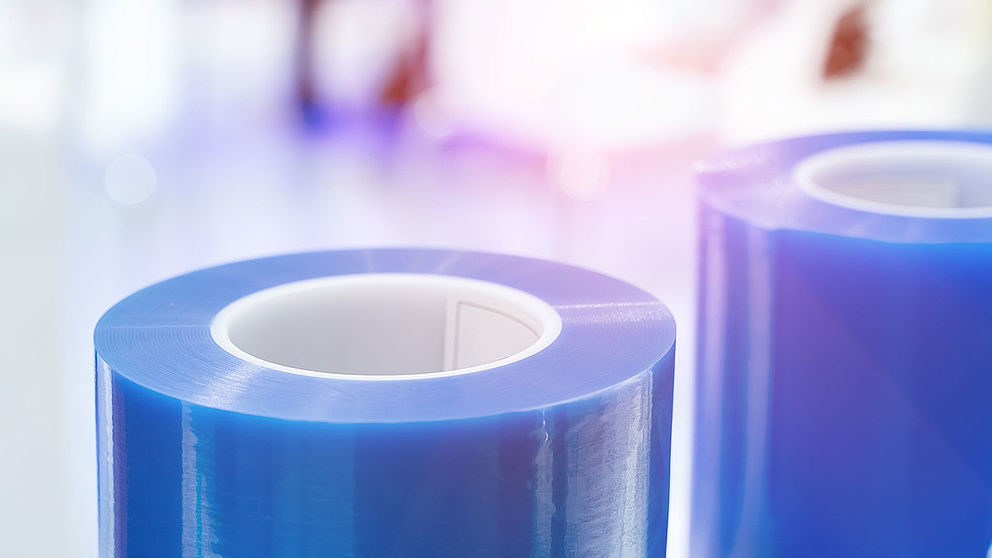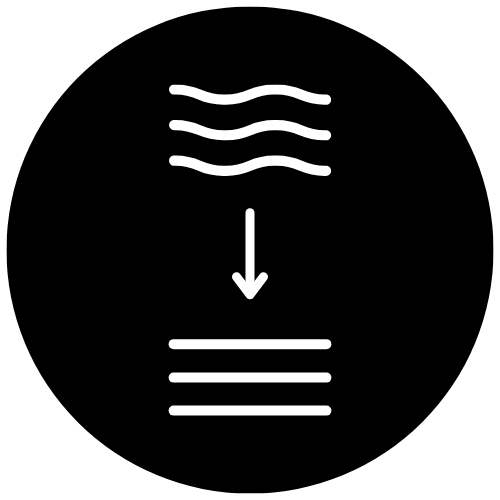
- Whitepaper
-
Case Studies
- Formular Aerofinne
- Download-Side Aerofinne
- Formular Display bonding
- Download-Side Display bonding
- Formular Glass cover bonding
- Download-Side Glass cover bonding
- Formular Illuminated Radiator Grille
- Download-Side Illuminated Radiator Grille
- Formular Light Carpet Cover Bonding
- Download-Side Light Carpet Cover Bonding
- Formular Sensor Strip Bonding
- Download-Side Sensor Strip Bonding
- Formular PBC-shielding
- Download-Side PBC-shielding
-
Blog
- Which adhesive sticks to which material?
- Customised packaging for customised moulded parts
- The difference between liquid glue and adhesive tape
- How is the tape delivered?
- Gluing is botching – The myth debunked
- What problems does adhesive tape solve
- What is a Liner?
- Preventing Tape Failure
- Optimized Material Utilization
- Adhesive tape in vehicle displays
- Adhesive tape in battery constructions
- Do you have to activate tape?
- At what point can protective foils cause damage?
- Are there adhesive tapes that conduct electricity?
- Cost Optimization in the Automotive Supply Industry
- Adhesion, cohesion and tack
- Surface energy
- How to Quickly Get the Optimal Offer
- Tags
- Videos
- Prototyping
- Digital Open House











